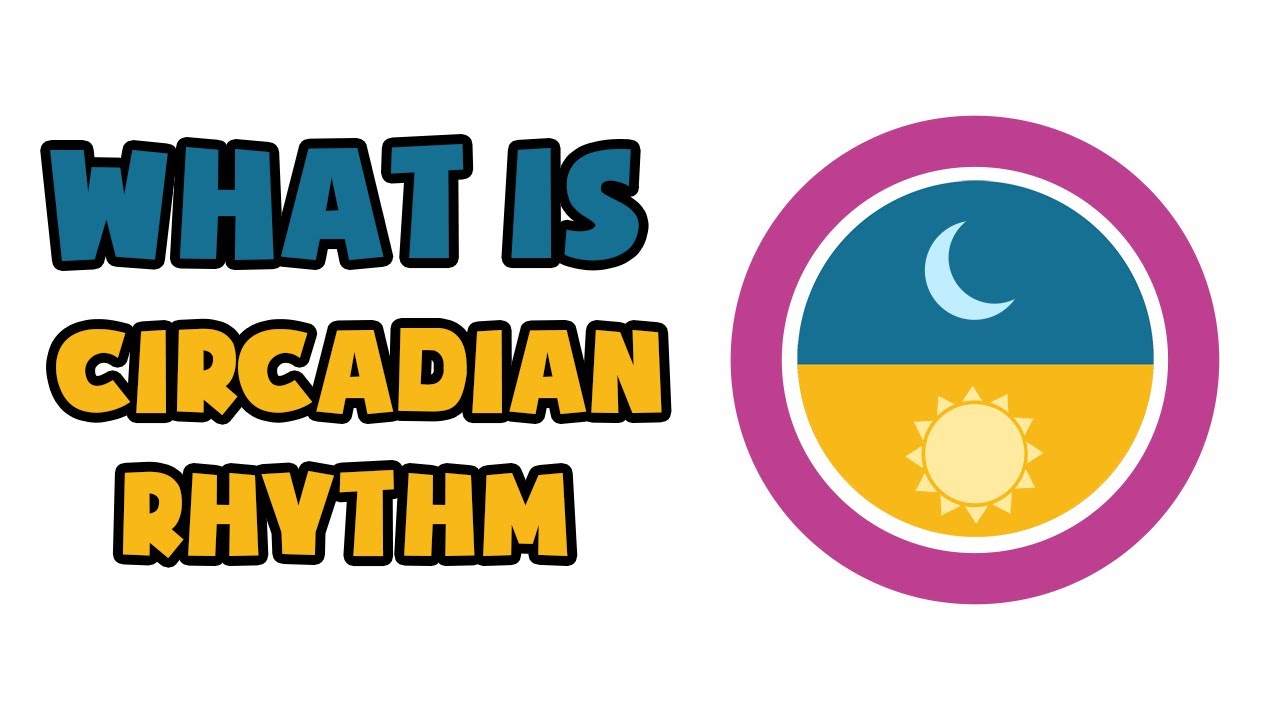Scientists Present A New In Vivo Model Of The Cyanobacterial Circadian Clock
Circadian clocks are inbuilt oscillators that enable organisms to coordinate various physiological and behavioral activity with the time of day.
Author:Suleman ShahReviewer:Han JuJan 05, 20231 Shares296 Views

Circadian clocksare inbuilt oscillators that enable organisms to coordinate various physiological and behavioral activities with the time of day.
Dorota Youmbi Fouego and Sophie de Buyl of the Interuniversity Institute of Bioinformatics in Brussels, Belgium, suggested a revised version of the cyanobacterial circadian clockin vivo model.
The goal is to address the original model's lack of resilience, which was anticipated for mutant cyanobacteria without transcriptional control.
They relied on an in vitro model of the clock that explicitly described the hexameric structure of the clock's core protein.
The model can show how the mutant's oscillatory behavior is seen in the real world without changing the parameters.
What Is A Circadian Clock?
A circadian clock, also known as a circadian oscillator, is a biological oscillator with a stable phase synced with solar time.
The in vivo period of such a clock must be almost precisely 24 hours (the present solar day on Earth).
They are found in all living creatures, from bacteria to humans.
Cyanobacteria have one of the simplest known circadian clocks and are used as model organisms to explore the processes that lead to endogenous oscillations lasting roughly 24 hours.
One especially appealing feature of the cyanobacterial circadian clock is its ability to be recreated in a test tube.
Clock proteins KaiC, KaiB, and KaiA, need ATP to work.
When ATP is mixed with these three proteins, the clock starts to oscillate on its own for many days. This is called "autonomous oscillation."

What is Circadian Rhythm | Explained in 2 min
People Ask
Is Circadian Clock Real?
Light and dark, as well as other elements, impact the circadian cycle.
Your body temperature changes, hormones are released, and your brain controls your metabolism to keep you awake or make you want to go to sleep.
This is how your brain works.
How Does A Circadian Clock Work?
Circadian rhythms are 24-hour cycles of physical, mental, and behavioral changes.
These natural processes are influenced mainly by light and dark, and they affect most living things, like animals, plants, bacteria, and the environment.
Where Is The Circadian Clock?
Your brain's suprachiasmatic nucleus (SCN) creates circadian rhythms and governs the timing of everything in your body, such as when you want to sleep or eat.
These rhythms are called "circadian," which means "around a day" since they occur at least every 24 hours.
The In Vitro Model
The researchers offered a variation on the in vivo instance.
This model demonstrates that post-translational regulation (PTR) is sufficient to induce oscillations, as shown by tests using mutant cyanobacteria missing transcriptional translational regulation (TTR).
It has also been shown that transcriptional control aids in the maintenance of synchrony in a population of developing cyanobacteria.
The model, however, needs carefully calibrated parameters to produce rhythmic activity in mutant cyanobacteria lacking transcriptional regulation.
The in vitro model on which it is based does not precisely define the KaiC protein's hexameric structure.
It specifies the hexameric character of KaiC and the binding of KaiB to KaiC.
Based on this more realistic in vitro model, they recommended developing an in vivo model.
The model can make strong oscillations for typical cyanobacteria and mutants that don't have transcriptional regulation.
Conclusion
The strong oscillations of the cyanobacterial mutant missing TTR feedback are congruent with the in vivo model of the cyanobacterial circadian clock.
Although TTR feedback improves clock resilience, this study implies that the impact is less substantial than previously thought.
Although the bacteria's growth rate is not explicitly described, it affects the dilution rate.
The dilution rate had to be fine-tuned in the first model of the in vivo clock.
TTR regulation could potentially play a more important role if the nonlinearity of the regulator's termswere improved.
Coordination of both systems is essential for increasing resilience.
The researchers presented a revised version of the in vivo cyanobacterial clock corresponding to existing studies.
The TTR regulation is expected to improve the clock's synchronization qualities.

Suleman Shah
Author
Suleman Shah is a researcher and freelance writer. As a researcher, he has worked with MNS University of Agriculture, Multan (Pakistan) and Texas A & M University (USA). He regularly writes science articles and blogs for science news website immersse.com and open access publishers OA Publishing London and Scientific Times. He loves to keep himself updated on scientific developments and convert these developments into everyday language to update the readers about the developments in the scientific era. His primary research focus is Plant sciences, and he contributed to this field by publishing his research in scientific journals and presenting his work at many Conferences.
Shah graduated from the University of Agriculture Faisalabad (Pakistan) and started his professional carrier with Jaffer Agro Services and later with the Agriculture Department of the Government of Pakistan. His research interest compelled and attracted him to proceed with his carrier in Plant sciences research. So, he started his Ph.D. in Soil Science at MNS University of Agriculture Multan (Pakistan). Later, he started working as a visiting scholar with Texas A&M University (USA).
Shah’s experience with big Open Excess publishers like Springers, Frontiers, MDPI, etc., testified to his belief in Open Access as a barrier-removing mechanism between researchers and the readers of their research. Shah believes that Open Access is revolutionizing the publication process and benefitting research in all fields.

Han Ju
Reviewer
Hello! I'm Han Ju, the heart behind World Wide Journals. My life is a unique tapestry woven from the threads of news, spirituality, and science, enriched by melodies from my guitar. Raised amidst tales of the ancient and the arcane, I developed a keen eye for the stories that truly matter. Through my work, I seek to bridge the seen with the unseen, marrying the rigor of science with the depth of spirituality.
Each article at World Wide Journals is a piece of this ongoing quest, blending analysis with personal reflection. Whether exploring quantum frontiers or strumming chords under the stars, my aim is to inspire and provoke thought, inviting you into a world where every discovery is a note in the grand symphony of existence.
Welcome aboard this journey of insight and exploration, where curiosity leads and music guides.
Latest Articles
Popular Articles
